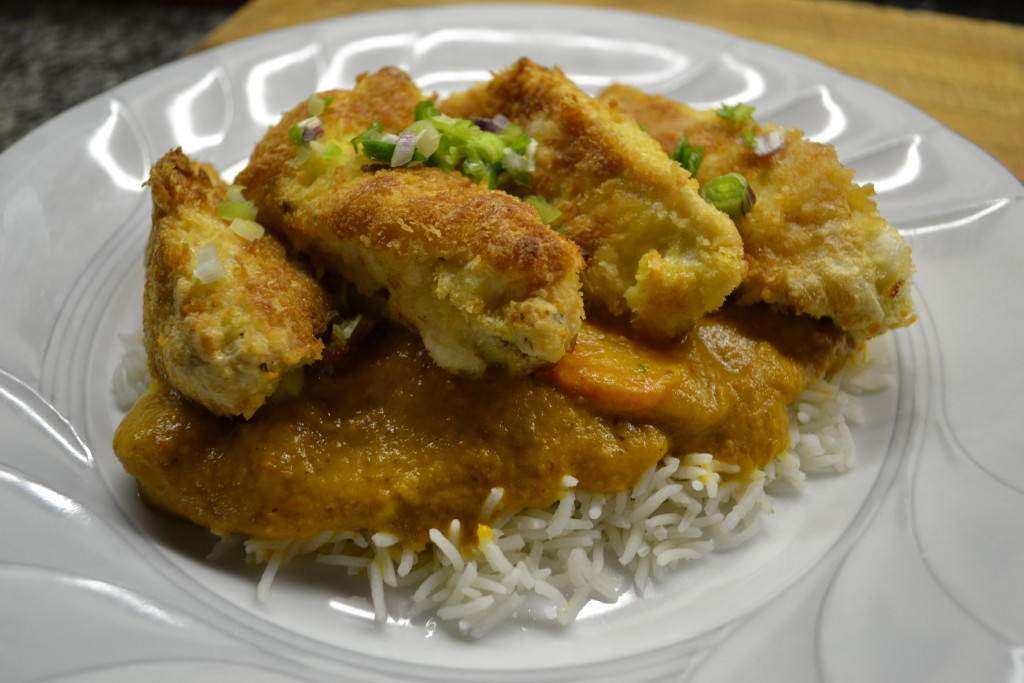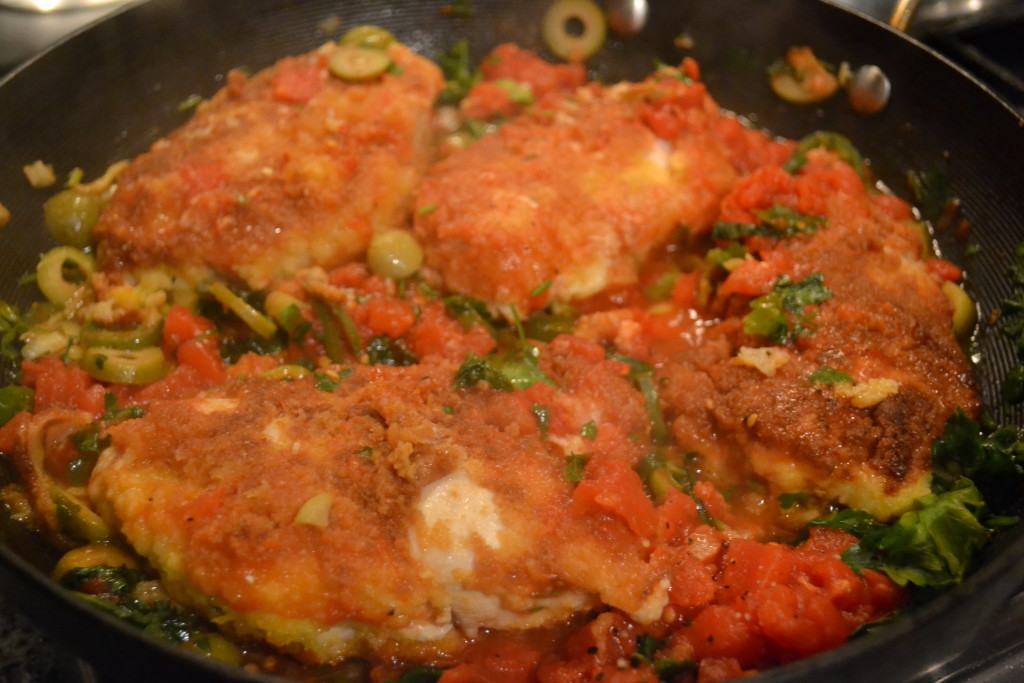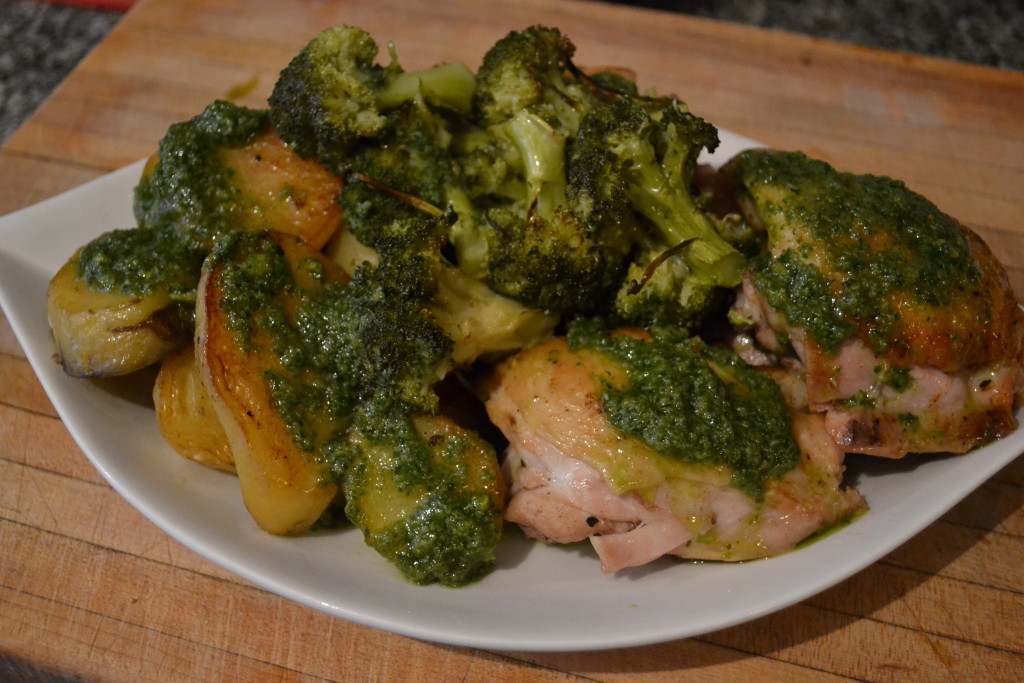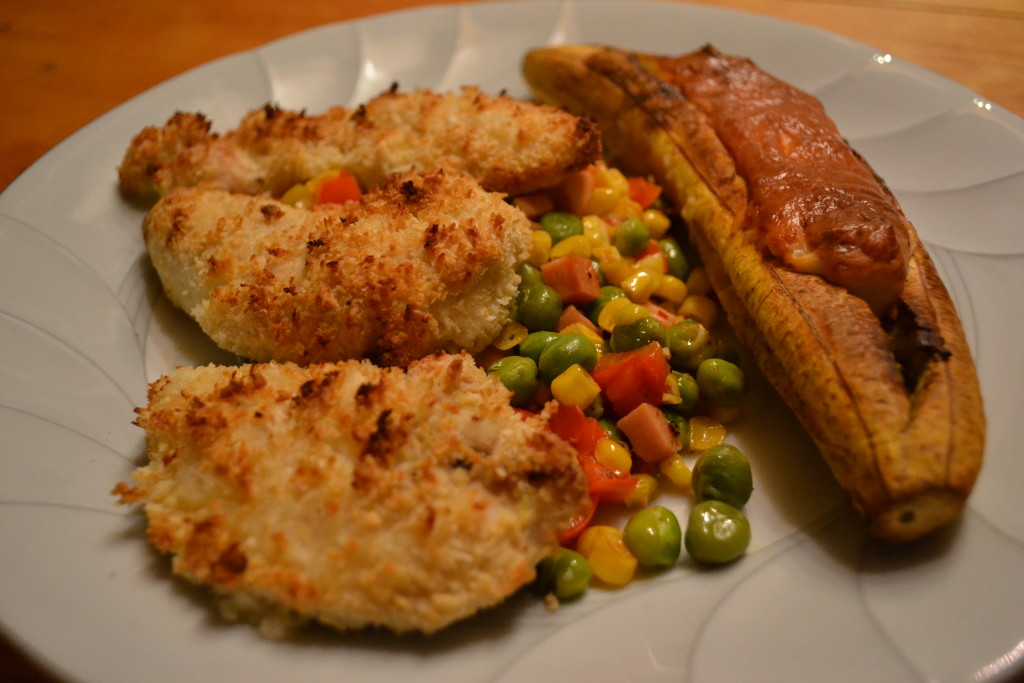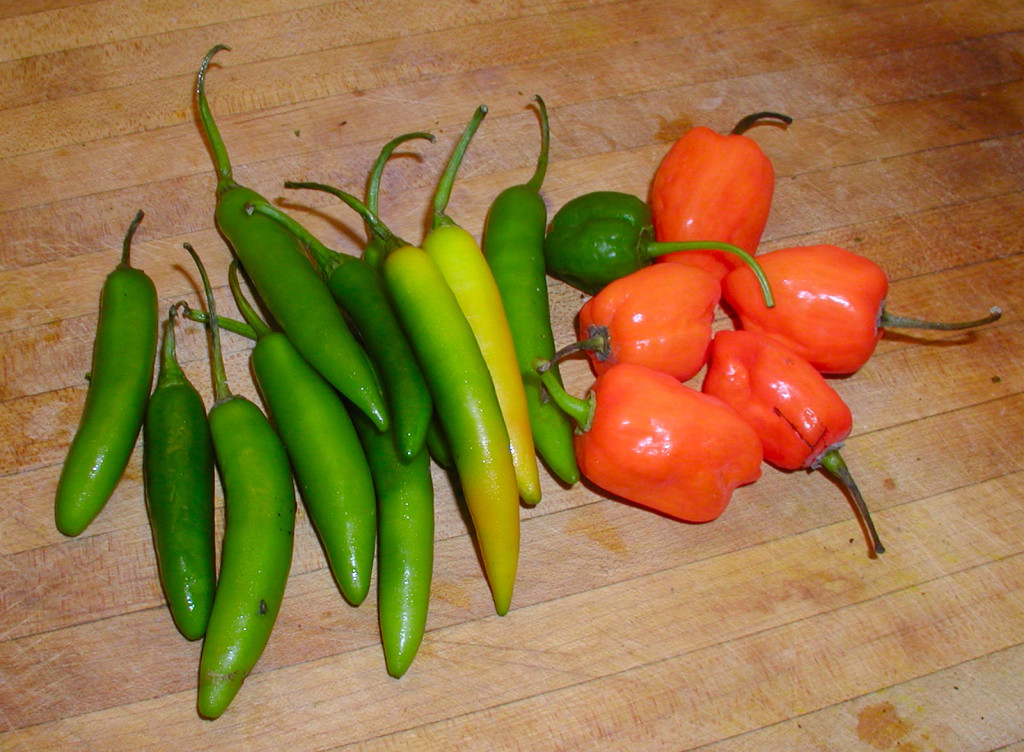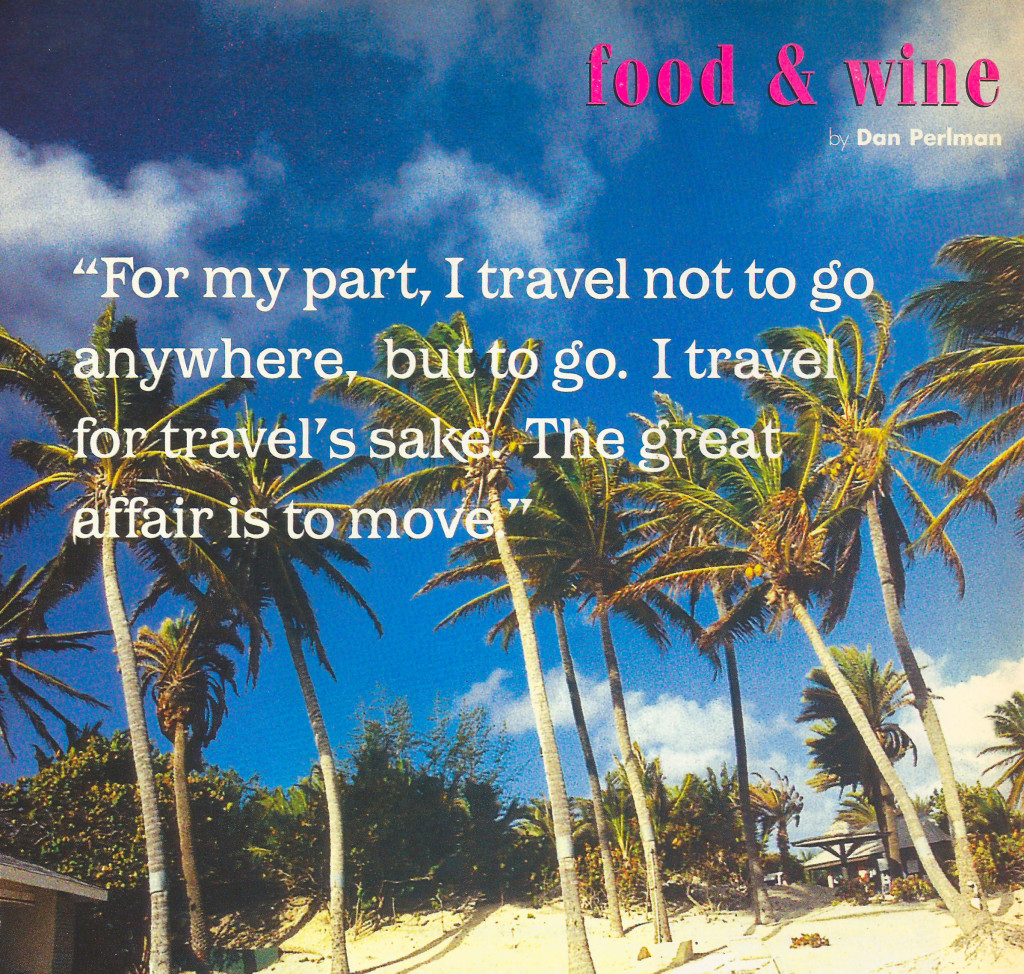Get your kare on
On Sunday supplement
Food and Wine
When most of us think about curry, we think India and southeast Asia, we don’t immediately think, Japan. And when we think Japan, we think sushi and tempura, we don’t immediately think, curry. But interestingly enough, curry has a history in Japan albeit not a long and involved one – dating back just to the late 1800s when it was introduced by the British during their Indian administration years.
Since that time it has developed into a uniquely Japanese style, definitely milder than the more typical southern continental styles, and making use of different ingredients. At the same time, Indian style curry has become popular, and the original “Western style” curry continues apace. It’s reached the point where many Japanese consider curry, or karē to be a national dish.
Like many curries it’s typically served over rice, though ladling it over thick udon noodles is also popular. The meat and vegetable are typically cooked separately either breadcrumb coated and fried or tempura style, while the curry is cooked as a sauce that is then added to the dish after cooking the other elements separately.
One of our home favorites is katsu curry, one of the most traditional of the Japanese styled versions, and it’s a dish that I’ve not seen on Japanese menus here in town, so it’s a treat to whip it up and enjoy. After all, one of the biggest complaints among the expat community here is the lack of range in Asian dishes available here. Let’s add one to your repertoire!
Although I’m going to give you the recipe for our usual version, with chicken, the exact same recipe can be used substituting in another meat – thick slices of pork or beef, fish fillets, or just vegetables, particularly eggplant slices, all work really well.
Chicken Katsu Curry
4 chicken breasts, cut in 2 cm wide strips
flour
1 egg
breadcrumbs (panko if you have them available)
100 ml olive oil
2 tablespoons vegetable oil
1 red onion
3 carrots
4 garlic cloves
2 tablespoons flour
1 tablespoon curry powder (as hot as you like)
1 teaspoon garam masala (spice mixture available in many dieteticas)
1 tablespoon honey
2 tablespoons soy sauce
500 ml chicken stock (or vegetable, fish, etc. – match the main ingredient!)
1 bay leaf
salt to taste
2 green onions
Grate the onion, garlic and two of the carrots. Thinly slice the remaining carrot and set it aside. Over low heat, cook the grated vegetables in the oil until they’re very soft. Add the flour and continue to cook, stirring, for 2-3 minutes to cook out the “raw” flavor of the flour. Add the remaining sauce ingredients and raise the heat. Bring it up to a simmer, turn the heat back down and cook until thick, stirring regularly. Add salt to taste – probably, given the soy sauce, it will need no more than about a half teaspoon. At this point, you can either leave it as is or puree it completely in a blender – either works – remove the bay leaf if you’re going to puree it.
Separately, cook the thinly sliced carrot that you set aside in boiling salted water until the carrots are just softened. Drain and add to the sauce.
Set-up three bowls, one with some flour, one with the egg, beaten with a splash of water, and one with the breadcrumbs. Dip the chicken pieces first in the flour to lightly coat them, then into the egg, let the excess drip off back into the bowl, and then toss in the breadcrumbs to coat well. In a frying pan, heat the olive oil until quite hot and then fry the coated chicken pieces until golden brown on all sides.
Serve over white rice (or noodles, or whatever strikes your fancy) with a ladleful of the sauce atop. Sprinkle with chopped green onions.
A series of recipes and articles that I started writing for the Buenos Aires Herald Sunday supplement, Food & Wine section, at the beginning of 2012. My original proposal to them was to take local favorite dishes and classics and lighten them up for modern day sensibilities. We’re not talking spa or diet recipes, but at the very least, making them healthier in content, particularly salt, fat and portion size. As time went by, that morphed into a recipe column that, while emphasizing food that is relatively “good for you”, wasn’t necessarily focused on local cuisine. At the beginning of 2013 I decided to stop writing for them over some administrative issues, but it was fun while it lasted.
